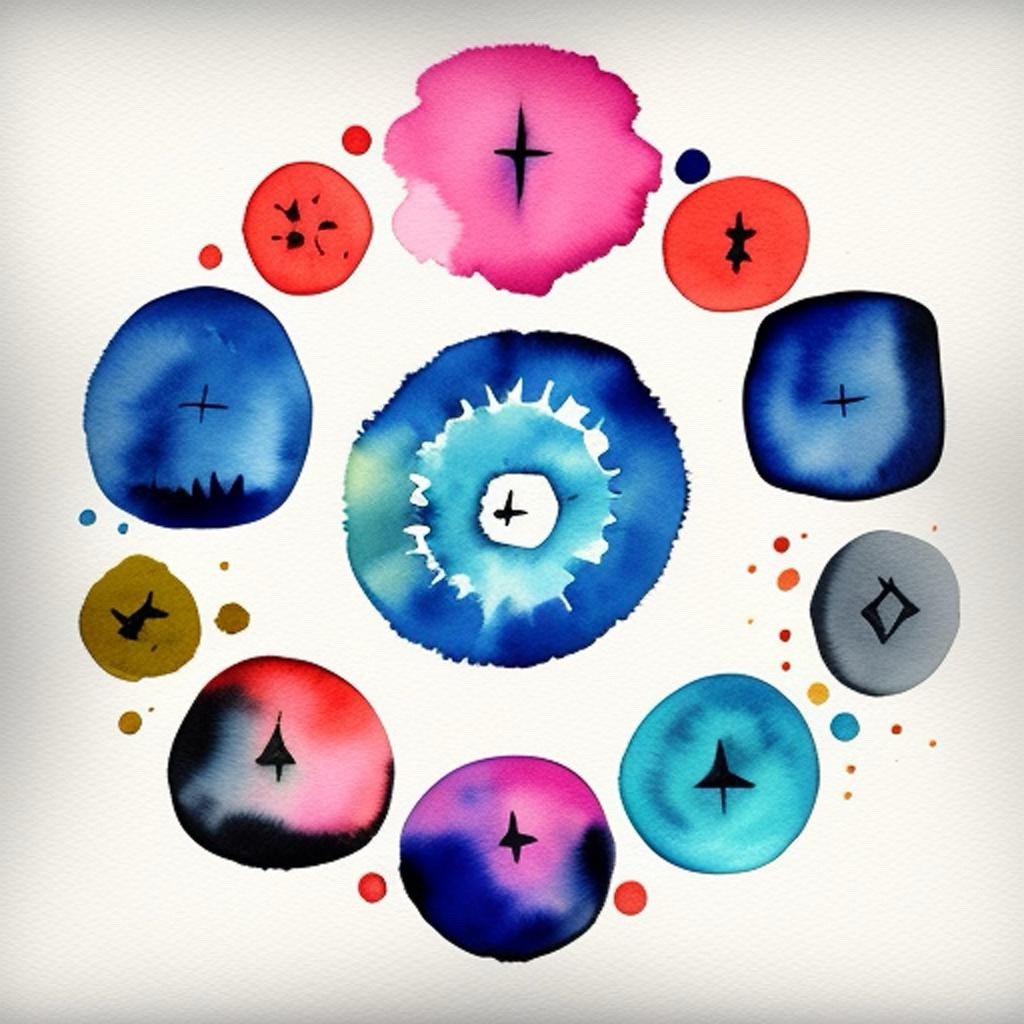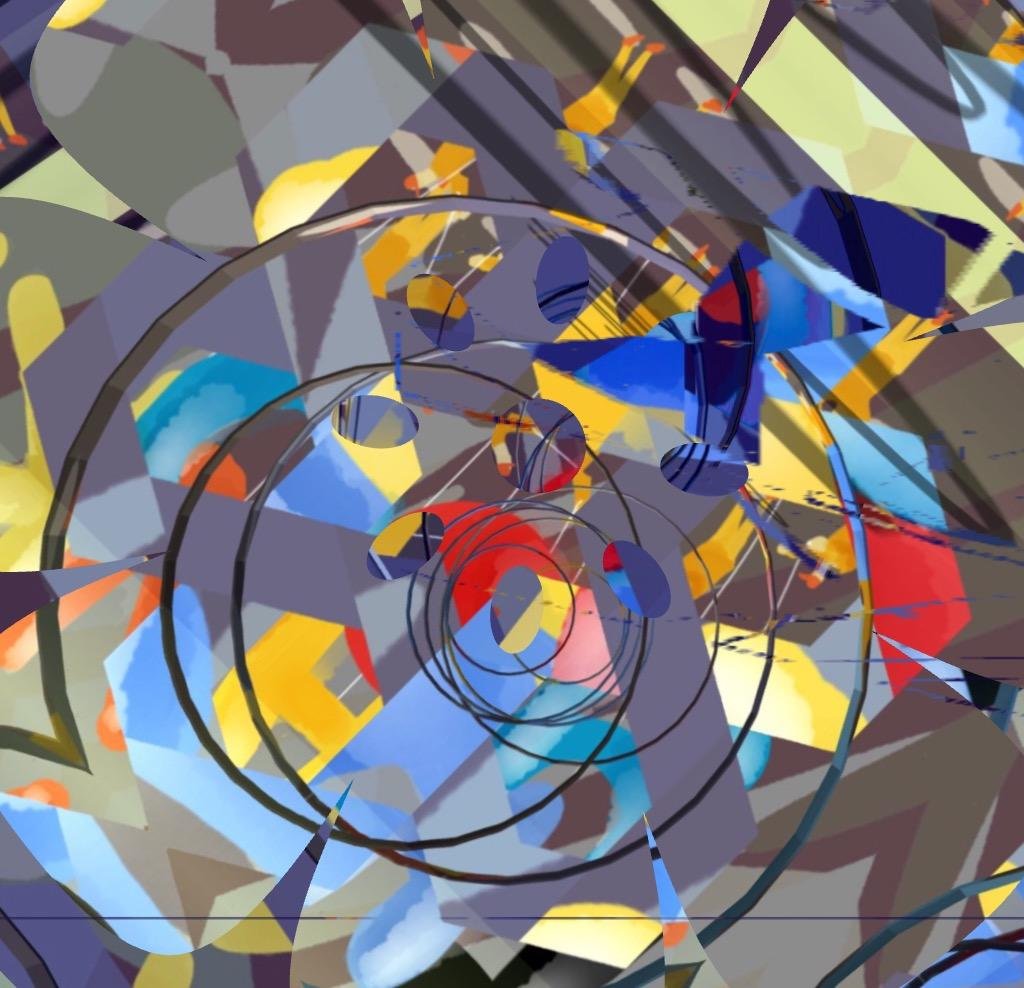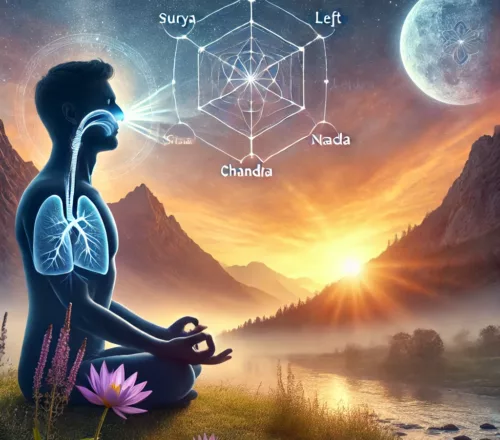
Table of Contents
Ireland, stone circles and High Kings
During a trip we took together in Ireland in the nineties, he was the only one among us to wonder why all the “stone circles” we encountered had the same diameter, namely 6 meters. Indeed, as the latitude of Ireland varies from the south to the north between 51°28′ and 55°23′, the dimensions of the stone circles should have varied. So, he approached the problem from the opposite direction and calculated at which exact latitude in Ireland one could find a solar dimension of 6 meters. He found that it precisely corresponded to the latitude of Tara, the Celtic and historical center of Ireland!
What is Tara
Tara is a historically and culturally significant archaeological site located in County Meath, Ireland. It is often referred to as the Hill of Tara and is situated about 40 kilometers (25 miles) north of Dublin. Tara holds a special place in Irish history and folklore for several reasons:
- Celtic and Mythological Significance: Tara is believed to have been a center of political, religious, and cultural activity in ancient Ireland. It is associated with Irish mythology and is said to have been the seat of the High Kings of Ireland. According to legend, it was the place where the mythical High Kings of Ireland were crowned.
- Archaeological Remains: The site contains a number of ancient monuments and earthworks, including circular enclosures and burial mounds, which date back thousands of years. One of the most well-known features is the Mound of the Hostages, a passage tomb believed to date to around 2500 BCE.
- Historical Significance: Tara played a significant role in early Irish history as a political and ceremonial center. It was a place where kings were inaugurated and where important gatherings and assemblies, known as “féiseanna,” took place.
- Cultural and Tourist Attraction: Tara is a popular tourist attraction and a place of cultural importance in Ireland. Visitors can explore the archaeological remains and enjoy panoramic views of the surrounding countryside from the hill’s summit.
- Modern Significance: Tara also gained attention in the early 2000s due to controversy surrounding the construction of a motorway (the M3) that passed close to the site. There were concerns about the potential impact of the motorway on Tara’s archaeological and historical significance, leading to protests and debates.
In summary, Tara is a historically and culturally significant site in Ireland, known for its connections to Irish mythology, its archaeological remains, and its role in Irish history.
Who were the High Kings of Ireland
The High Kings of Ireland were ancient and legendary rulers who were said to have had authority over most or all of the various kingdoms and territories on the island of Ireland. It’s important to note that the concept of High Kingship in early Irish history is often more mythological than historical, and many of the early accounts are a blend of fact and legend.
Some of the most well-known High Kings of Ireland from Irish mythology and early historical records include:
- Conaire Mór: Conaire Mór is a legendary High King often associated with Irish mythology. His story is found in texts like the “Togail Bruidne Dá Derga” and “Lebor Gabála Érenn” (The Book of Invasions).
- Conn Cétchathach: Conn Cétchathach, also known as Conn of the Hundred Battles, is another legendary High King. He is said to have lived around the 2nd century CE and was known for his military prowess.
- Niall of the Nine Hostages: Niall Noígíallach (Niall of the Nine Hostages) is a historical figure who is believed to have lived in the 4th or 5th century CE. He was a powerful king and is said to have raided and taken hostages from various neighboring kingdoms.
- Cormac mac Airt: Cormac mac Airt is a legendary High King known for his wisdom and contributions to early Irish law. He is a prominent figure in Irish mythology and folklore.
- Brian Boru: Brian Boru is one of the most famous High Kings of Ireland and lived in the 10th and 11th centuries. He is known for his efforts to unify Ireland and his famous victory at the Battle of Clontarf in 1014. However, his reign did not result in a long-lasting unified Irish kingdom.
It’s important to emphasize that the concept of a High King evolved over time, and there were many regional and provincial kings and leaders throughout Irish history. Additionally, much of the early history of Ireland is based on mythology and oral tradition, so the historical accuracy of specific details can be difficult to verify. The role of High King varied over time and was not a consistent institution throughout Irish history.
Shop Corner
Thank you for reading, shares and comments!
✨ Comment Policy ✨
We welcome thoughtful, kind, and constructive comments that contribute to meaningful conversations.
Please note:
- Promotional links and unsolicited offers will be removed.
- Spam, irrelevant content, or self-promotion without prior permission will not be published.
- We value quality engagement over quantity — thank you for helping us keep this a respectful and inspiring space!
Sources openai Language models, aitrot, picsart and mib
Take time to learn
Invest in your future
Embark on a journey into the realm of affiliate marketing and craft your own website within a vibrant, supportive community. Join me in this adventure, where you can begin as a free starter and stay as long as you desire. Enjoy complimentary hosting and foundational teachings to set you on your path. For those with advanced skills, opportunities to elevate your expertise await. Take a moment to explore and witness the magic for yourself!




